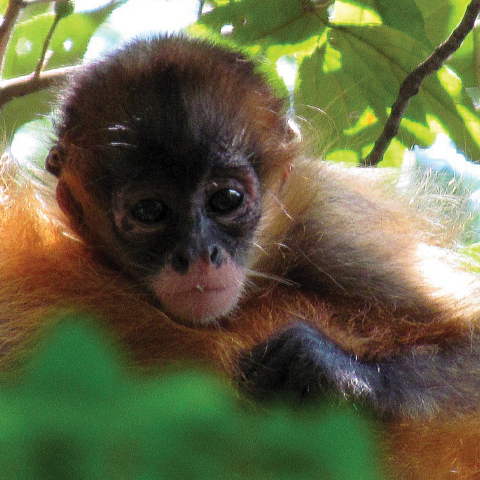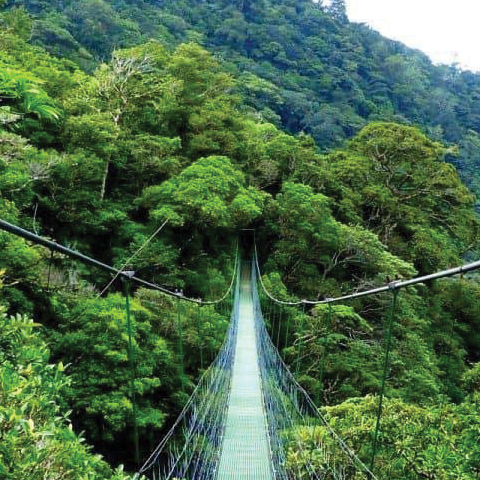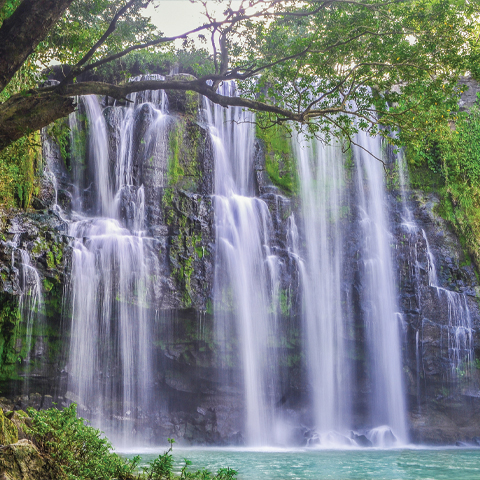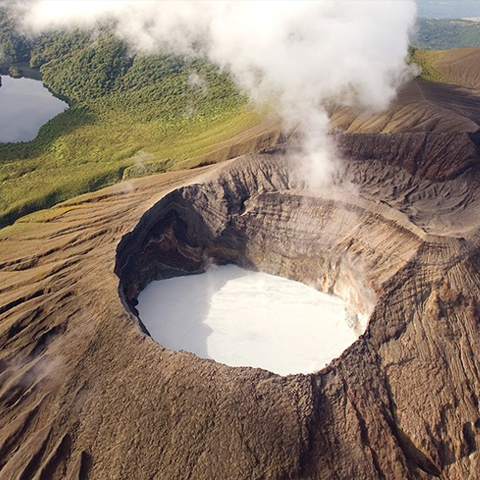Costa Rica’s stunning countryside unfolds in an ever-changing panorama of steaming volcanoes, forested mountains, and pastoral scenes, all against dramatic skies. Dark lowland jungles give way to rolling savannas; Pacific surf crashes against rocky headlands, tranquil palms wave above serene Caribbean beaches. Every year, thousands of visitors come to experience the peaceful beauty and natural treasures of Costa Rica — the epitome of tropical nature at its best.
This small country is renowned for its spectacular beaches and the friendly warmth of its people. The intensely vibrant colours of majestic birds and exotic flowers are always on display, while the range of activities available is immense: whitewater rafting and surfing, sport fishing and golf are only a sampling.
Costa Rica is located on the narrow Central American isthmus. It’s only a day’s drive from its northern border with Nicaragua to neighbouring Panama in the south. One could cross from ocean to ocean in only a few hours. But why hurry? There’s just too much to see and do in between. Located in the tropical latitudes, between the giant biological influences of North and South America and bordered by two oceans, mountainous Costa Rica enjoys an immense diversity of climates and environmental regions.
You can drive through the heart of a mountain jungle to the very edge of a volcanic crater, take an aerial tram ride in the rainforest canopy and soak up the sun on a deserted beach, all on the same day.




